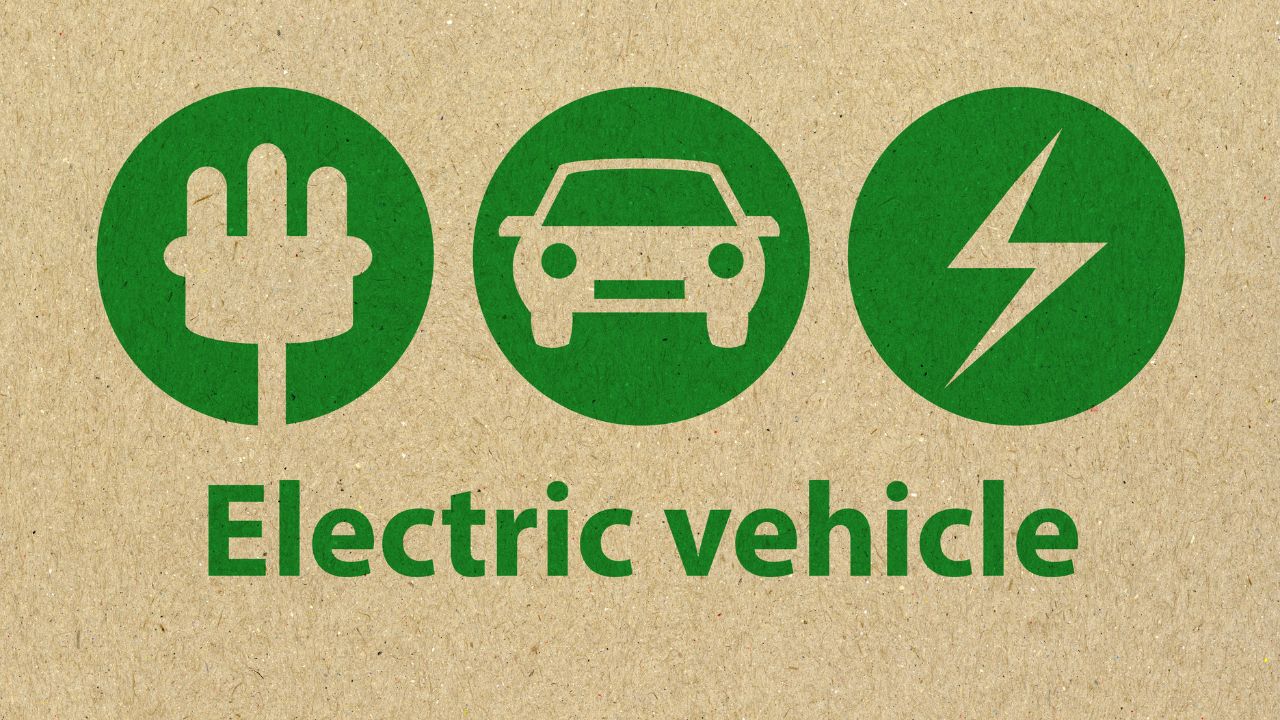Imagine a scenario where the electric vehicle (EV) revolution gets greener, not just by replacing carbon emitting vehicles, but also by recycling its own waste. “Black mass,” a substance that is quickly becoming a hot topic in the EV industry.
But what exactly is this black mass? In simple terms, it’s the leftover material after crushing used lithium-ion batteries, the powerhouses of EVs. This complex mixture holds valuable metals like lithium, cobalt, and nickel, essential ingredients for new batteries. But here’s the catch: extracting these treasures isn’t easy.
Why Black Mass Matters?
Think of it this way: recycling black mass is like mining valuable resources without digging new holes. It reduces reliance on virgin materials which lower environmental impact and ensures a more sustainable EV future. The benefits go beyond the protection of the natural environment. Recycling is cheaper than mining, which potentially leads to cost-effective batteries and ultimately, more affordable EVs.
Challenges Of Dealing With Black Mass
Extracting these valuable metals from black mass isn’t easy. The process can be complex and energy-intensive, with challenges like separating different metals and ensuring purity. This is where innovation comes in. Companies are developing new technologies to improve efficiency and extract more valuable materials from the black mass, making the process more economical and eco-friendly.
Emerging Opportunities With Black Mass
Leading car manufacturers and battery makers have recognized the potential and are investing heavily in black mass recycling. This surge in interest is shaping the EV industry in several ways:
- Shifting supply chains: Instead of relying solely on mining, a closed-loop system is emerging where used batteries are recycled regionally which in turn is reducing transportation emissions and dependence on international resources.
- Change in Manufacturing: Battery designs are being optimised for easier recycling, and factories are incorporating recycling facilities to create a more sustainable production cycle.
- Policy push: Governments worldwide are introducing regulations and incentives to promote black mass recycling, further accelerating its development.
Black Mass: A Glimpse into the Future of EVs
The future of black mass is bright. Experts predict the market to grow exponentially in the coming years, fueled by technological advancements and increasing demand for sustainable EV components. This could translate to:
- More affordable EVs: By lowering battery production costs, recycling could pave the way for more accessible electric vehicles.
- Greener EV ecosystem: Improved recycling will minimise waste and environmental impact, making the entire EV lifecycle more sustainable.
- Innovation hub: The race to find efficient and cost-effective black mass processing methods will lead to further technological advancements across the industry.
Conclusion
While challenges remain, black mass isn’t just a trendy topic; it’s a crucial piece of the puzzle for a sustainable EV future. By unlocking its potential, we can create a cleaner, more resource-efficient EV industry, paving the way for a future where everyone can benefit from the electric revolution.



